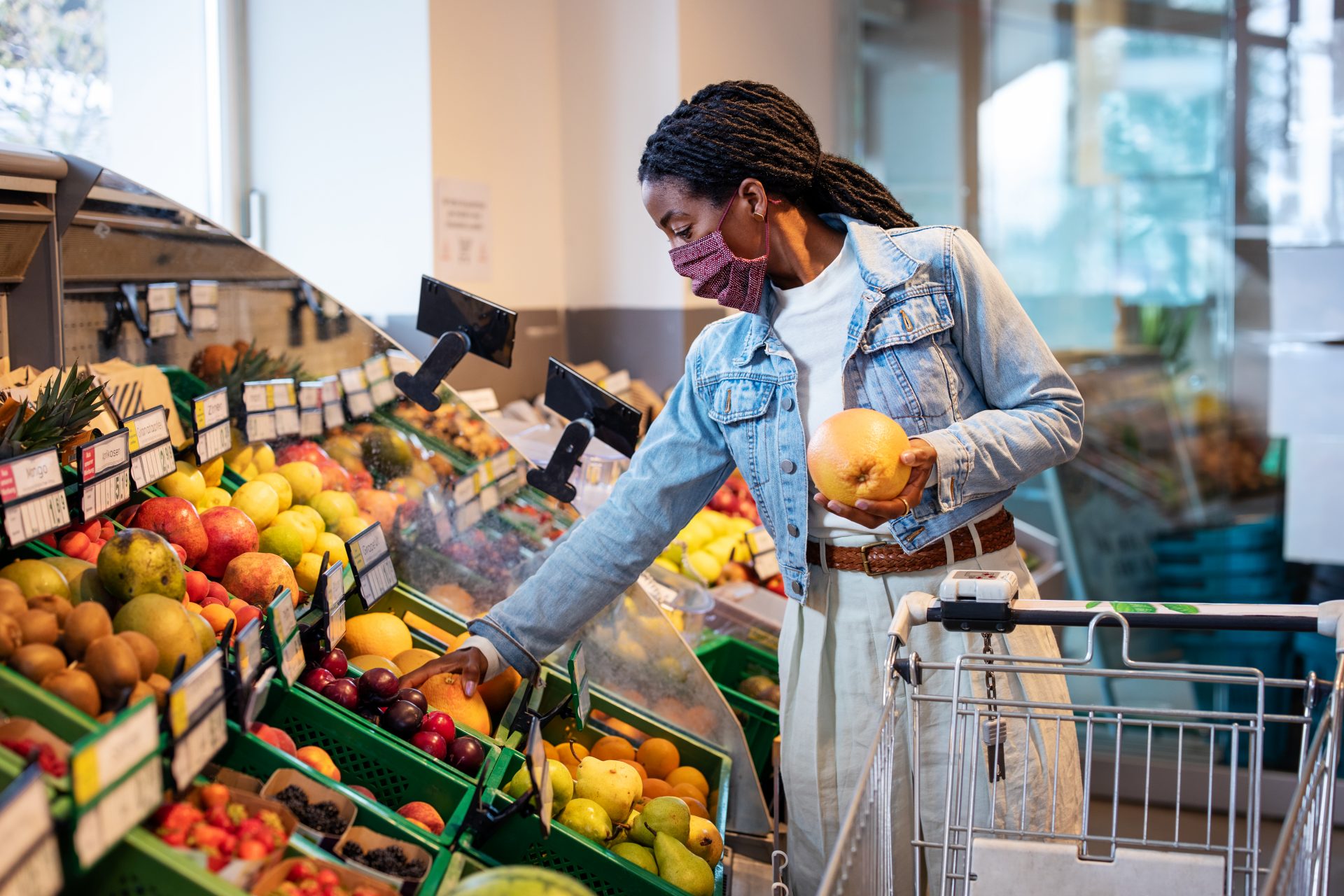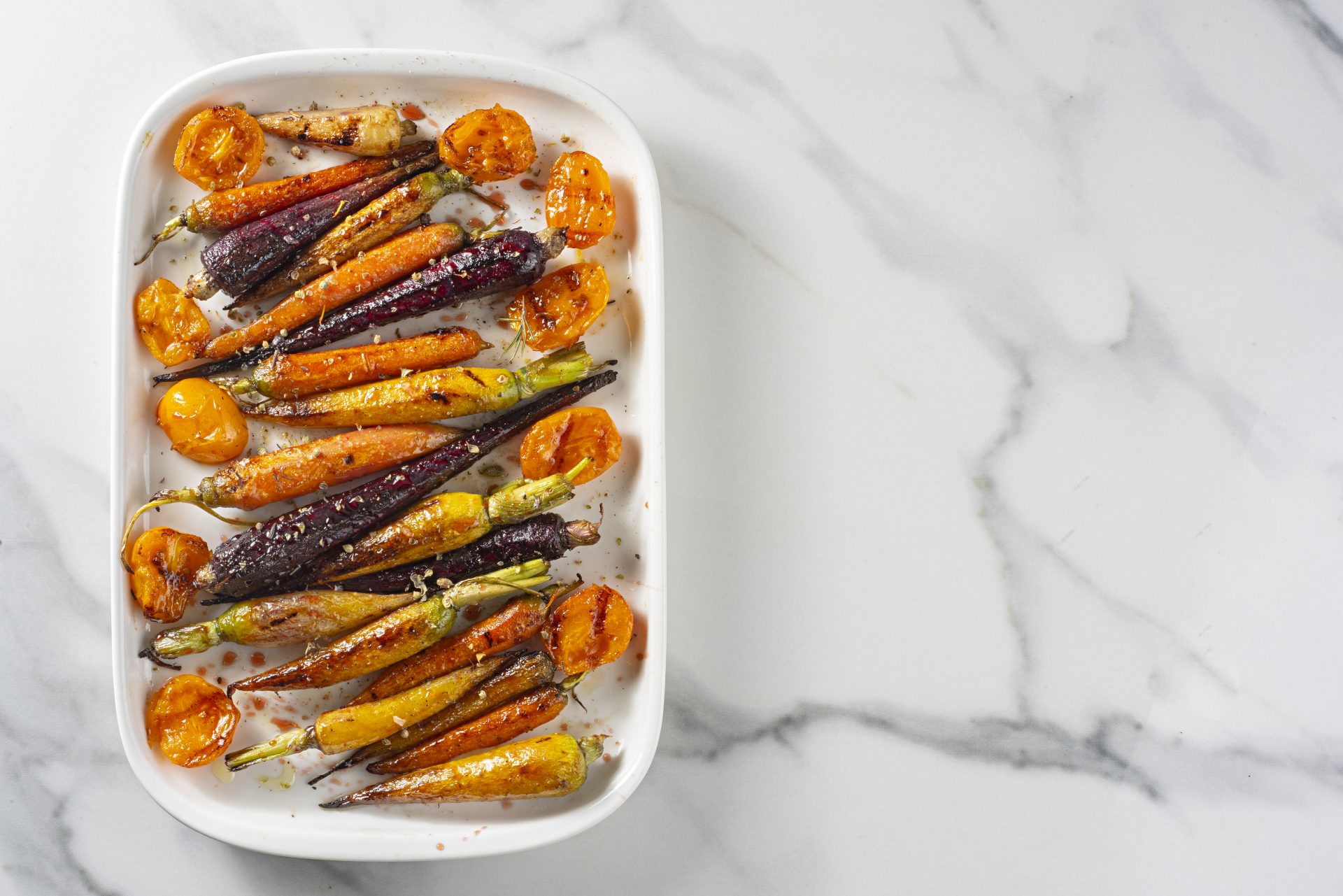If you tend to start the day with an egg-based breakfast and a cup of coffee then we’re sorry but it’s time to cut the caffeine. Why? Because you’re reducing the nutrient profile of those mineral-rich eggs. We don’t make the rules.
While fruit and vegetables are obviously good for us, how we eat them matters. We know, for example, that boiling broccoli into a brown goo is a surefire way to strip it of most of its vitamins. But what about actually making food more nutritious?
‘Bioavailability’ is a buzzword that’s become increasingly common. A favourite topic among biohacking enthusiasts and nutritional professionals, increasing the bioavailability of food means making their vitamins and nutrients easier to absorb. While lots of plants are packed with antioxidants, they’re not always user-friendly.
You may also like
6 easy, high protein recipes recommended by fitness experts that are tasty and nutritious
Kale is a good example. It’s packed with vitamin A, K and B5, as well as potassium, copper and manganese. But grab a piece without any preparation and you may find it impossible to digest – which is why we talk of the need to ‘massage’ the kale. By rubbing ultra-fibrous kale with olive oil, the leaves become easier to chew and digest without the need for cooking.
Add a squeeze of lemon juice or some vinegar, and you start to break down the cellulose in kale which again, will reduce the risk of indigestion while keeping all the health benefits intact (and adding a punch of vitamin C into the mix).
The question is: are there any big health benefits to be had from concentrating on increasing bioavailability and if so, what other hacks should we be employing?
“While eating five portions of fruit and vegetables a day is great, we should always ensure that we are maximising the number of nutrients we can receive from our diet,” says James Brady, qualified nutrition coach at Origym Centre of Excellence.
Why bother making foods more bioavailable?
“As our body can’t make nutrients itself, we can only obtain them from food and not receiving enough may result in disease and deficiency,” Brady explains. That means trying to eat as much locally-sourced fruit and veg raw as possible. If you don’t like raw veg, steaming is a great way of retaining many of the nutrients as you cook. However, if you want to max out the nutrient profile of your food, Brady confirms that “baking or roasting results in a greater loss of nutrients because of the high temperatures required to do this”.
“Our food is made up of complex chemical structures, which interact with one other as well as with our gut microbes and our cells,” explains Dr Federica Amati, nutritionist and chief nutrition scientist for Indi Supplements.
She says that the most important thing to consider when it comes to nutrition is eating colourful plants at every opportunity as doing so is “one of the simplest ways to ensure fibre and polyphenol diversity which are key for good gut health and immune function”.

“This can come from seasonal fruits and vegetables, nuts and seeds or from dozens of herbs and spices that you can add for extra flavour,” she says. She suggests adding mixed herbs to scrambled eggs, sticking frozen berries into a pot of overnight oats, adding a handful of mushrooms to a stir fry or blending your own pesto using basil, nuts and extra virgin olive oil (you’ll also need either pecorino or nutritional yeast for that cheesy element).”
The aim, she says,is to have 30 different plants per week. By opting for a plants-first approach that includes going for dried spices, olive oil, whole grains, nuts and seasonal veggies, you’re going to automatically consume a variety of prebiotic fibre and polyphenols that ensure a healthy, diverse gut microbiome.
9 hacks for boosting the nutrient profile of common foods
Crush garlic to release antioxidants
“Crushing and chopping onion and garlic releases an enzyme called alliinase that helps form the nutrient allicin,” Brady says. “When this nutrient is consumed, it may protect us against disease by forming other compounds.”
While most academic studies look at the impact of taking garlic supplements on health, it’s largely the allicin that is thought to offer health benefits. In fresh garlic, it’s only fleetingly present – just after the clove has been cut or crushed. A 2014 review published in the journal Molecules found that the compound has a variety of health-promoting properties such as lowering cholesterol and blood pressure and has been found to kill antibiotic resistant strains of the MRSA bug as well as cancer cells.
Refrigerate vegetables to keep them powerful
Brady says that oxygen, light and heat can all cause nutrient loss in plants. It’s important therefore to store all vegetables that aren’t of the root variety in the fridge until you need them. Think of it this way: if you’d roast them, they’re probably better stored somewhere dark and dry and if you’d eat them fresh, they belong in the fridge.
Soak grains to build strong bones
Soaking beans and grains reduces the intake of phytic acid. Brady says that doing so can “potentially stop the absorption of calcium, zinc, and magnesium”. Too much phytic acid, he says, can weaken bones, induce stomach cramps and cause headaches.
Cook carrots for healthy organs and skin
“Cooking carrots improves beta carotene absorption,” says Dr Amati. A comparative study, published in the European Journal of Nutrition, looked at the difference in beta carotene availability in cooked, pureed and raw, chopped carrots. Researchers found that significantly more beta-carotene was absorbed from meals containing cooked, pureed carrots than from meals containing the raw stuff.

Watch what you drink your coffee with
Dr Amati warns against eating eggs alongside caffeine, as doing so apparently impedes micronutrient absorption. But it’s not just eggs that might become less nutritious with your morning latte.
The tannates in coffee also make it harder to benefit from plant-based (non-heme) iron, which you get from soy products, chickpeas and nuts. Caffeine can also boost the amount of calcium you excrete in your urine (which means having less available to strengthen your bones). All of this doesn’t mean that you absolutely need to cut out coffee at breakfast but if you’re already anaemic, vitamin D deficient or looking to simply boost your mineral absorption, it might be worth having your coffee before or after a meal.
Pair your eggs with avocado
Pair fat-soluble vitamins A, D, E, and K with small portions of dietary fats to help your body dissolve and absorb them, Brady advises. That means, for example, having a few slices of avocado with your eggs benedict.
Drizzle lemon juice on spinach to unlock the iron
Pairing vitamin C-rich citrus or peppers with iron-rich plants like lentils, kale and spinach can aid nutrient absorption. A paper in the Annals of the New York Academy of Sciences explains that animal-based iron doesn’t usually need much help with being put to use, but that non-heme iron sources (plants) are aided by the ascorbic acid found in citrus, which it calls a “powerful enhancer of nonheme iron absorption” which can “reverse the inhibiting effect of substances such as tea.”
You may also like
30 plants a week: “I ditched five-a-day for a plant-based fruit and veg challenge”
Go for sourdough over regular bread for more iron
“Choose sourdough over regular bread to enhance iron absorption,” advises Signe Svanfeldt, nutritionist at Lifesum. Again, it’s all to do with that pesky phytic acid: “When the (sour) dough is fermented, it breaks down the phytic acid that exists in whole grains, which makes it easier for the body to absorb the iron.”
Choose omelettes for a calcium punch
Svanfeldt flags that in order to get a big vitamin D boost (crucial as we move through winter), we might want to pair vitamin D-rich foods like eggs and salmon with calcium like dairy and leafy greens. That’s because vitamin D activates calcium absorption. Some milks may be fortified with vitamin D (and calcium if you’re a plant milk drinker) so that’s a hole in one, but otherwise, omelette or scrambled eggs with milk and spinach is super nutritious.
For more nutrition hacks, check out the Strong Women Training Club.
Images: Getty
Source: Read Full Article
